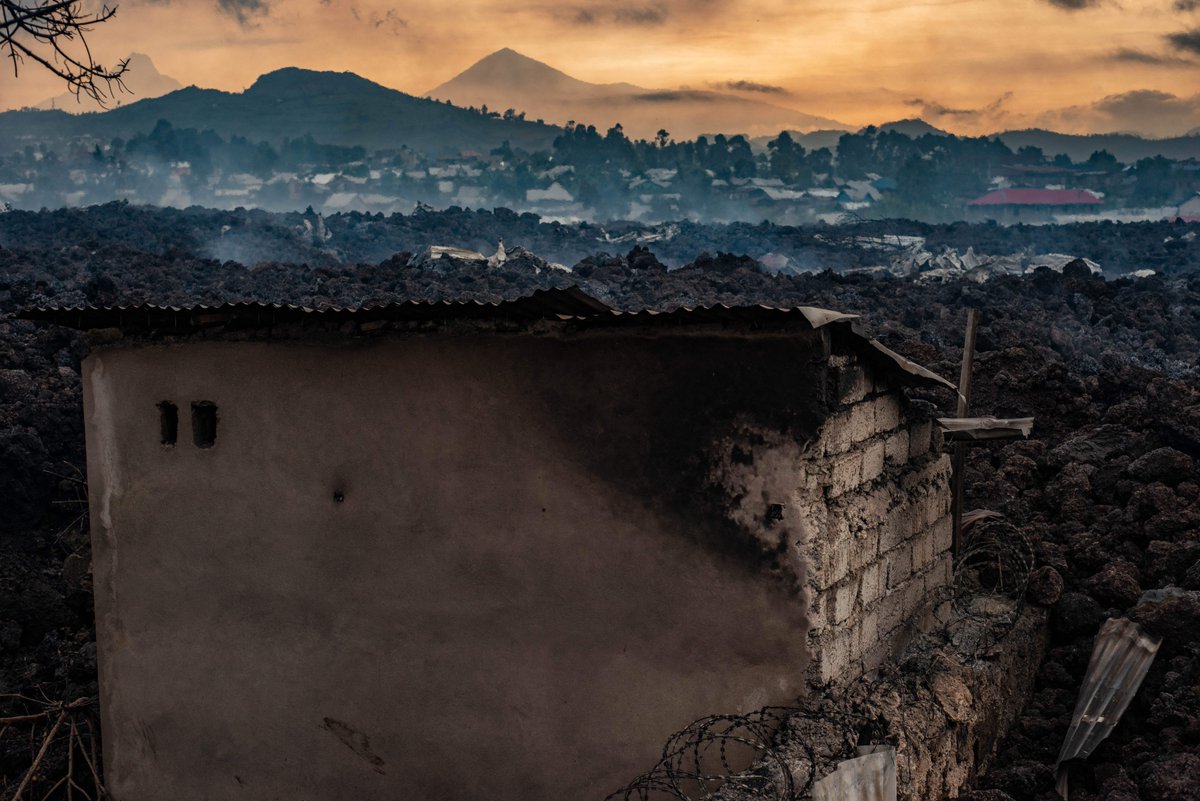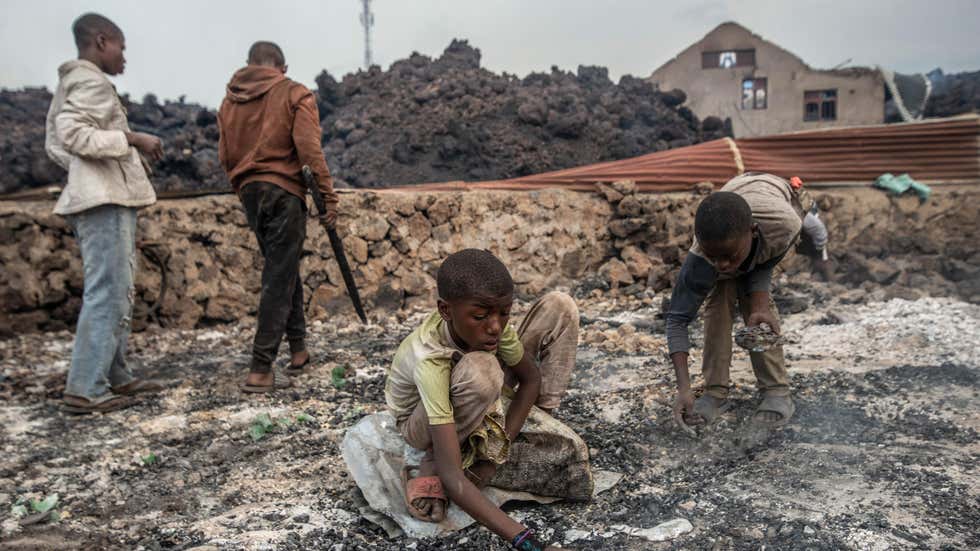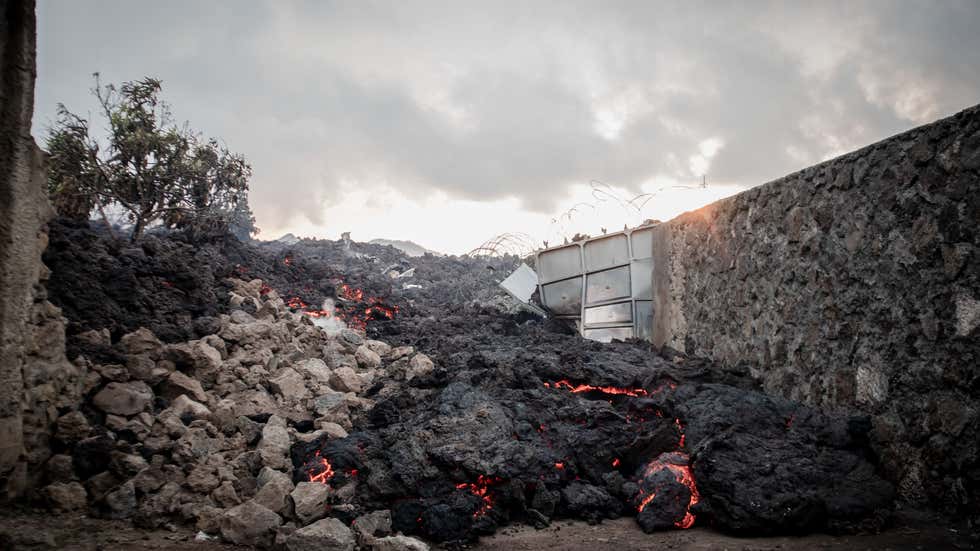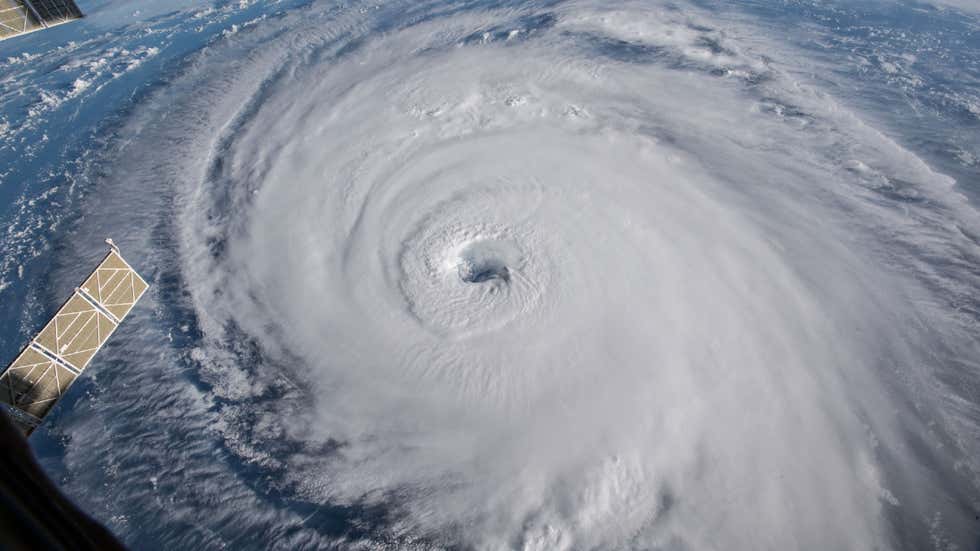
#CongoVolcano Eruption Kills At Least 15; Destroys Hundreds of Homes
weather.com/en-IN/india/ne…
(📸: Moses Sawasawa, Justin Katumwa/AFP via Getty Images)



weather.com/en-IN/india/ne…
(📸: Moses Sawasawa, Justin Katumwa/AFP via Getty Images)




Mount Nyiragongo in the Democratic Republic of #Congo erupted on Saturday for the first time in nearly 20 years, causing 15 deaths and destroying hundreds of homes.
#Congovolcano
#Congovolcano

The eruption created a river of lava, which engulfed hundreds of homes and sparked fires on the edge of Goma, a #Congo city of 2 million. Reuters reported that 17 villages were affected by the lava, according to government spokesman Patrick Muyaya.
#Congovolcano
#Congovolcano

The lava crossed the N2 road, which connects Goma to the city of Beni and serves as a main aid and supply route. The city's airport was spared, despite earlier reports to the contrary according to the BBC.
#Congo #Congovolcano
#Congo #Congovolcano

Most of the deaths were in vehicle accidents, as panic ensued when residents fled the scene, according to the Associated Press. Residents began to flee before the government announced an evacuation plan, causing a chaotic scene.
#Congo #Congovolcano
#Congo #Congovolcano

The last major eruption hit the heavily populated Goma, killed hundreds and left 100,000 people homeless, CBS News reported, which added to the fear during Saturday's eruption.
#Congo #Congovolcano
#Congo #Congovolcano

More than 170 children were still feared missing on Monday, according to UNICEF. Centres are being created to help unaccompanied minors, the BBC reported.
#Congo #Congovolcano
#Congo #Congovolcano

About 5,000 people crossed into #Rwanda and another 25,000 fled northwest towards the town of #Sake as the lava began spewing, UNICEF reported.
#Congo #Congovolcano
#Congo #Congovolcano

#MountNyiragongo is one of the most active and dangerous volcanoes in the world. Its deadliest eruption was in 1977, and killed 600.
#Congo #Congovolcano
#Congo #Congovolcano

• • •
Missing some Tweet in this thread? You can try to
force a refresh













